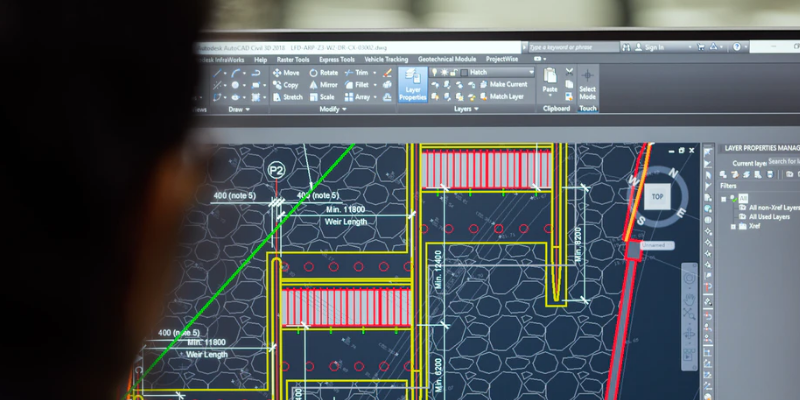
researchHQ’s Key Takeaways:
- SaaS monitoring allows enterprises to measure and maintain the performance of critical applications for business success.
- Organisations deploying an early monitoring strategy should formulate realistic adoption goals and scenarios, clearly defined service level objectives and key performance indicators and effective governance plans.
- Application logging improves debugging during development iterations, provides visibility for tuning and optimizing complex processes and increases business intelligence.
- Automating monitoring configuration improves coverage and reduces man-hours.
- Alerts on key metrics help rapidly identify root causes and fix issues as they arise, minimizing the impact on user experience.
Page load time is inversely related to page views and conversion rates. While probably not a controversial statement, as the causality is intuitive, there is empirical data from industry leaders such as Amazon, Google, and Bing to back it in High Scalability and O’Reilly’s Radar, for example.
As web technology has become much more complex over the last decade, the issue of performance has remained a challenge as it relates to user experience. Fast forward to 2018, and UX is identified as a key requirement for business success by CIOs and CDOs.
In today’s growing ecosystem of competing web services, the undeniable reality remains that performance impacts business and it can represent a major competitive (dis)advantage. Whether your application relies on AWS, Azure, Heroku, Salesforce, Cloud Foundry, or any other SaaS platform, consider these five tips for monitoring SaaS services.
1. Realize the Importance of Monitoring
In case we haven’t established that app performance is critical for business success, let’s look at research done in the online retail sector.
“E-commerce sites must adopt a zero-tolerance policy for any performance issues that will impact customer experience [in order to remain competitive]” according to Retail Systems Research. Their conclusion is that performance management must shift from being considered an IT issue to being a business matter.
We can take this concept into more specific terms, as stated in our article series on Building a SaaS Service for an Unknown Scale. “Treat scalability and reliability as product features; this is the only way we can build a world-class SaaS application for unknown scale.”

Data from Measuring the Business Impact of IT Through Application Performance (2015).
End users have come to expect very fast, real-time-like interaction with most software, regardless of the system complexities behind the scenes. This means that commercial applications and SaaS services need to be built and integrated with performance in mind at all times. And so, knowing how to measure their performance from day one is paramount. Logs extend application performance monitoring (APM) by giving you deeper insights into the causes of performance problems as well as application errors that can cause user experience problems.
2. Incorporate a Monitoring Strategy Early On
In today’s world, planning for your SaaS service’s successful adoption to take time (and thus worrying about its performance and UX later) is like selling 100 tickets to a party but only beginning preparations on the day of the event. Needless to say, such a plan is prone to produce disappointed customers, and it can even destroy a brand. Fortunately, with SaaS monitoring solutions like SolarWinds® Loggly®, it’s not time-consuming or expensive to implement monitoring.
In fact, letting scalability become a bottleneck is the first of Six Critical SaaS Engineering Mistakes to Avoid we published some time ago. We recommend defining realistic adoption goals and scenarios in early project stages, and to map them into performance, stress, and capacity testing. To realize these tests, you’ll need to be able to monitor specific app traffic, errors, user engagement, and other metrics that tech and business teams need to define together.
A good place to start is with the Four Golden Signals described by Google’s Monitoring Distributed Systems book chapter: Latency, Traffic, Errors, and Saturation. Finally, and most importantly from the business perspective, your key metrics can be used as service level indicators (SLI), which are measures of the service level provided to customers.
Based on your SLIs and adoption goals, you’ll be able to establish service level objectives (SLOs) so your ops team can target specific availability levels (uptime and performance). And, as a SaaS service provider, you should plan to offer service level agreement (SLA). SLAs are contracts with your clients that specify what happens if you fail to meet non-functional requirements, and the terms are based on your SLOs, but can be negotiated with each client, of course. SLIs, SLOs, and SLAs are the basis for successful site reliability engineering (SRE).

Apache Preconfigured Dashboards in Loggly can help you watch SLOs in a single click.
For a seamless understanding among tech and business leadership, key performance indicators (KPI) should be identified for various business stakeholders. KPIs should then be mapped to the performance metrics that compose each SLA (so they can be monitored). Defining a matrix of KPI vs. metrics vs. area of business impact as part of the business documentation is a good option. For example, a web conversion rate could map to page load time and number of outages, and impacts sales.
Finally, don’t forget to consider and plan for governance: roles and responsibilities around information (e.g., ownership, prioritization, and escalation rules). The RACI model can help you establish a clear matrix of which team is responsible, accountable, consulted, and informed when there are unplanned events emanating from or affecting business technology.






